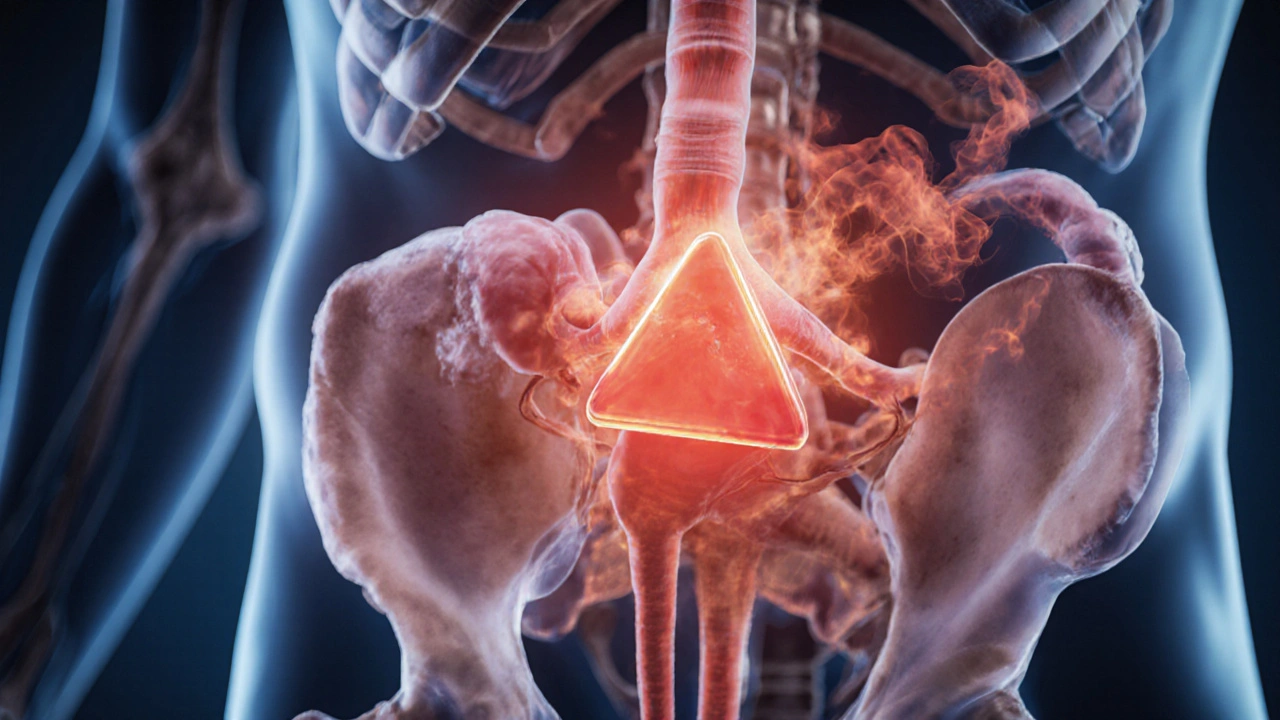Blood Pressure: Understanding, Managing, and Staying Healthy
When dealing with blood pressure, the force of blood against artery walls as the heart pumps. Also known as BP, it serves as a vital sign of how well your circulatory system functions. Hypertension, chronically elevated blood pressure is a leading risk factor for cardiovascular disease, conditions that affect the heart and blood vessels. Managing antihypertensive medication, drugs designed to lower high blood pressure often works hand‑in‑hand with lifestyle changes to keep the numbers in a safe range.
Key Topics Covered Below
Most people think a single reading tells the whole story, but blood pressure fluctuates throughout the day. Normal adult ranges sit around 120/80 mmHg; values consistently above 130/80 mmHg usually signal hypertension. Factors that push numbers up include excess salt, lack of exercise, chronic stress, smoking, and too much alcohol. Simple tweaks—cutting processed foods, adding potassium‑rich fruits, walking 30 minutes a day, and practicing relaxation techniques—can shave off several points without a prescription. For those whose readings stay high despite these efforts, doctors turn to antihypertensive classes: ACE inhibitors, beta‑blockers, calcium‑channel blockers, and diuretics each target a different pathway in blood pressure regulation.
Our collection of articles dives deeper into the tools you might encounter. Want to know how to buy cheap generic warfarin safely? Curious about the latest guidelines for albuterol inhalers? Looking for a clear comparison of dutasteride versus other hair‑loss treatments? Each post ties back to the broader picture of maintaining healthy blood pressure, whether through medication safety tips, disease‑specific advice, or lifestyle strategies. By the end of this list you’ll have a practical toolbox: you’ll understand what a good reading looks like, which daily habits matter most, and when professional care becomes essential. Ready to explore the detailed guides below?
Pheochromocytoma & Exercise: Essential Safety Guidelines
Learn how to exercise safely with pheochromocytoma, covering medical prep, activity guidelines, red‑flag symptoms, and post‑surgery tips.
Read more
